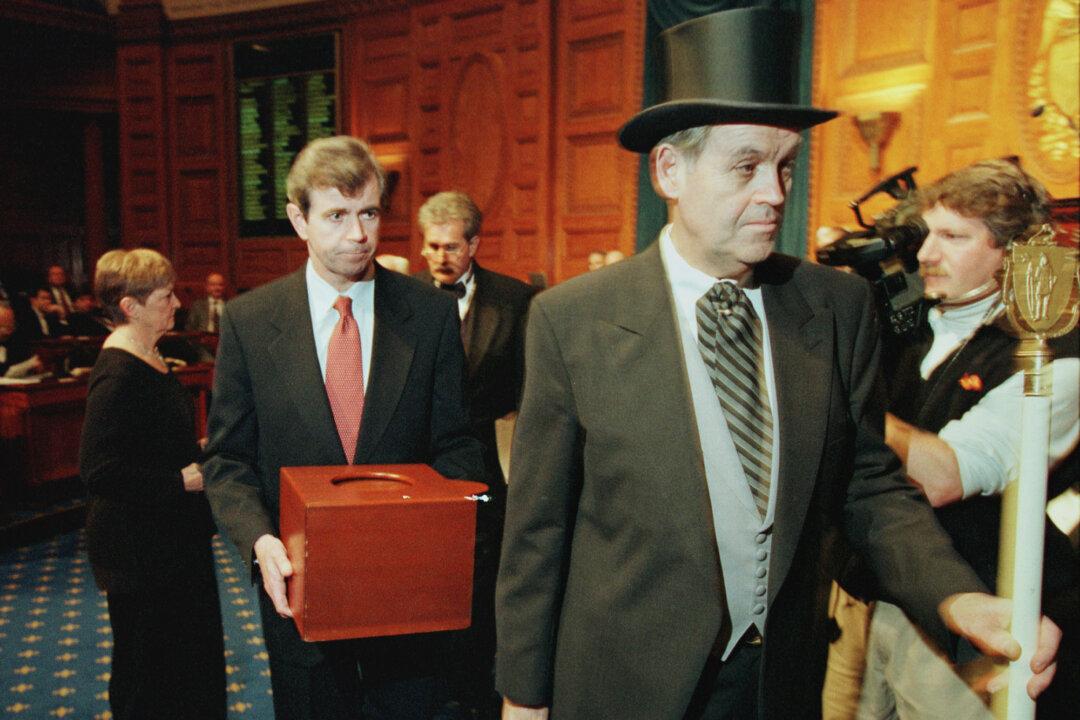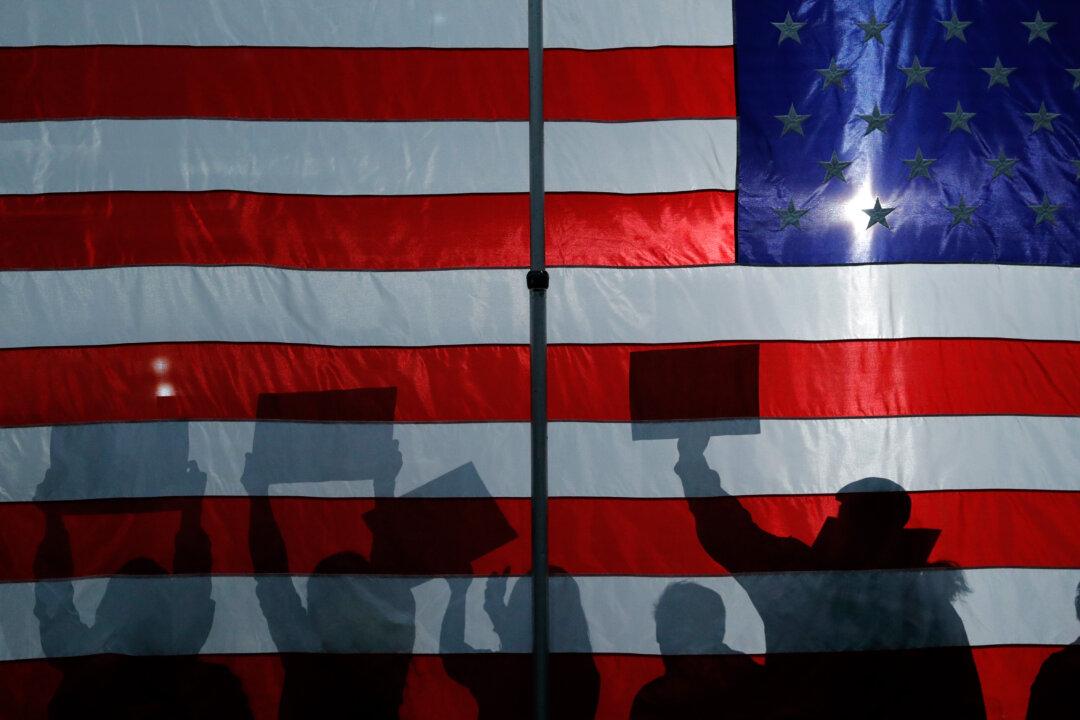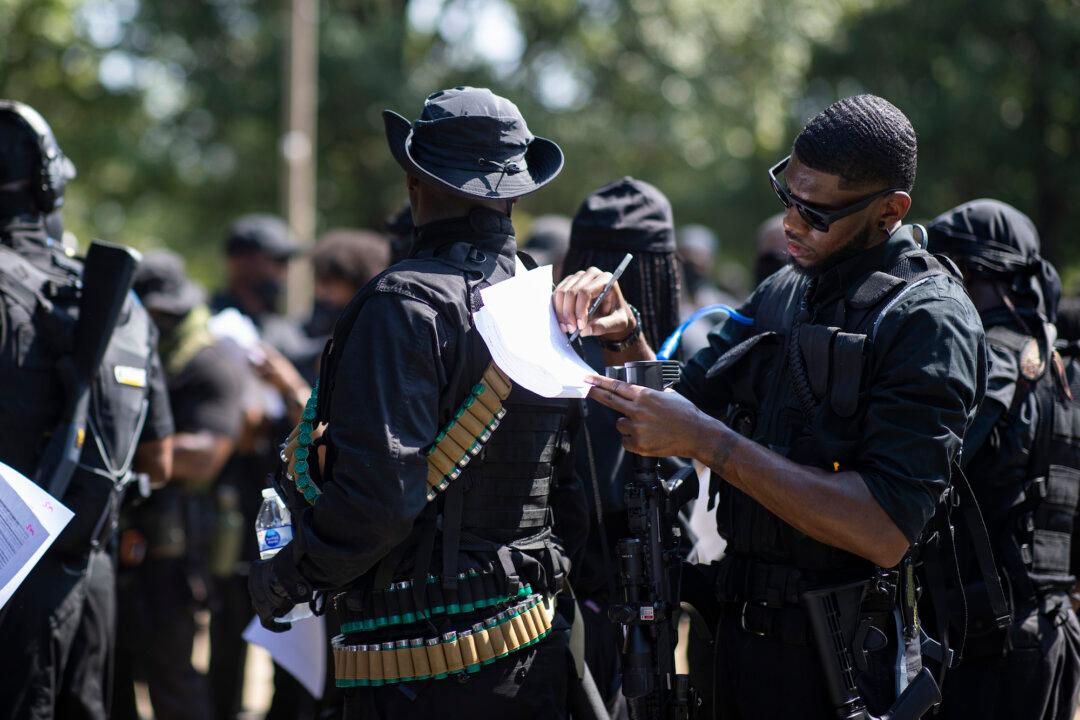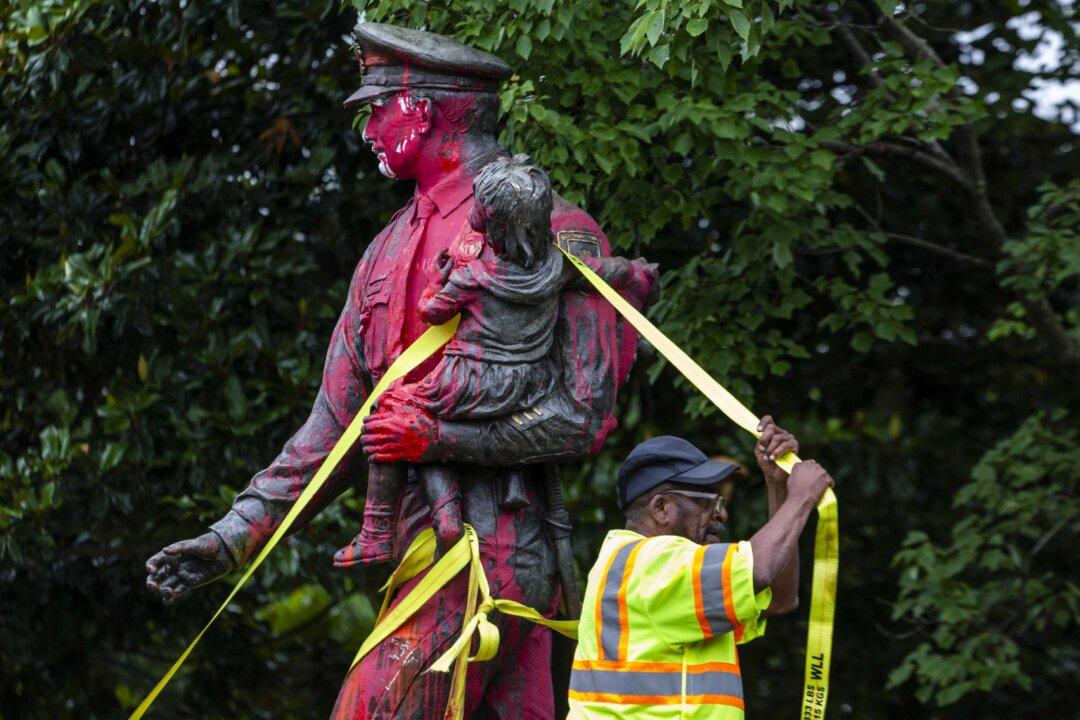Commentary
This is the second installment in a series based on questions asked by high school students about the Electoral College. The previous article outlined the origins of the selection system that emerged from the Constitutional Convention in 1787.





